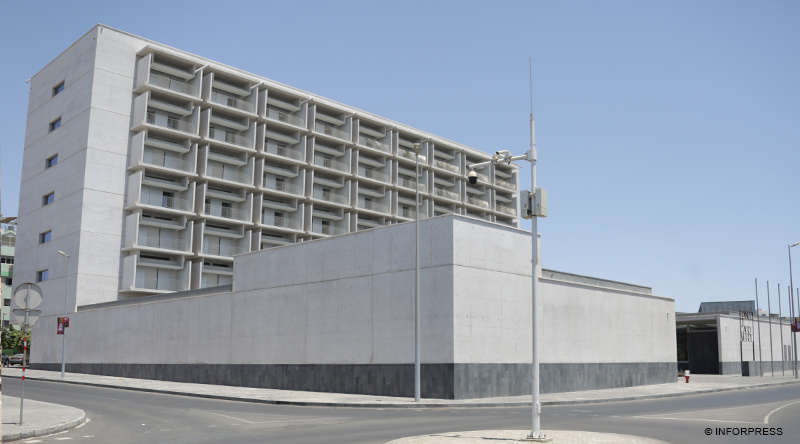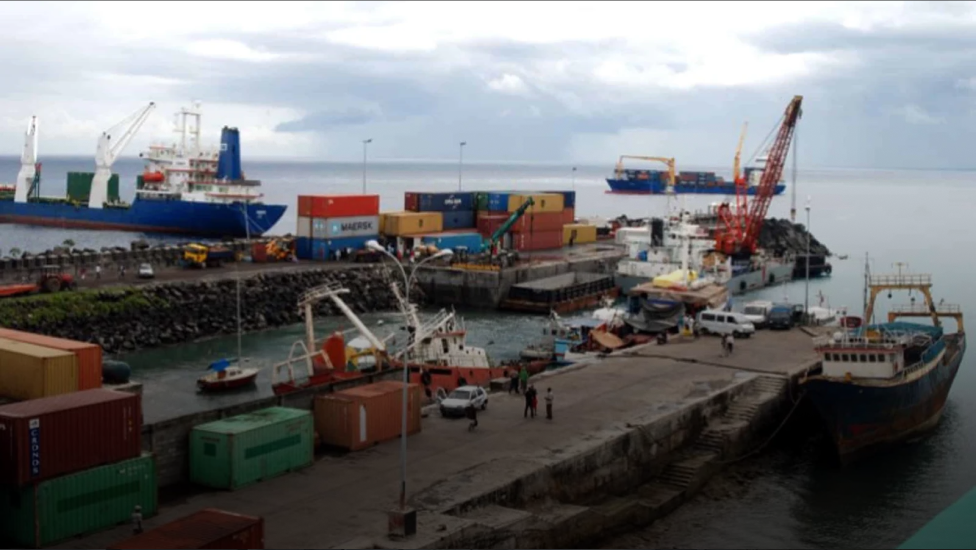By Yvan David Danisa
Cape Verde’s economy is charting new waters in 2024, buoyed by a dramatic 40.7% increase in exports, according to new data released by the National Statistics Institute (INE). While imports crept up by 2%, the sharp rise in export performance—driven largely by stronger European demand—is reigniting discussions around the resilience and potential of the island nation’s trade and economic strategy.
Though the country still maintains a trade deficit, the year’s export performance marks a significant stride for the archipelago nation, especially in a global context of inflationary pressures, supply chain uncertainties, and the lingering impacts of climate vulnerability and external shocks.
Export Growth: A Closer Look
Cape Verde’s total exports reached 7.94 billion escudos (approx. €72.1 million) in 2024, up from 5.64 billion escudos (approx. €51.2 million) in 2023—a year-on-year increase of 2.3 billion escudos (approx. €20.9 million). The vast majority of this growth came from strengthened trade with Europe. Export figures to European markets rose by 41.7%, jumping from 5.31 billion escudos (€48.3 million) in 2023 to 7.52 billion escudos (€68.3 million) in 2024.
Cape Verde, an island nation heavily reliant on tourism, fisheries, and small-scale manufacturing, has traditionally struggled to diversify its exports. Yet, 2024’s figures suggest a promising pivot, where increased value-added processing, expanded trade agreements with the European Union, and favourable duty-free access under the Economic Partnership Agreement (EPA) have begun to bear fruit.
This growth has helped improve the trade coverage ratio—a measure of how much imports are covered by exports—by 1.2 percentage points, even as the trade deficit rose slightly by 0.8%.
Import Growth and the Structural Challenge
On the import side, the increase was more subdued: a modest 2.0% rise, reflecting a mix of steady domestic demand and price adjustments on food and fuel commodities. As a heavily import-dependent country, Cape Verde sources a large portion of its goods—including foodstuffs, machinery, and fuel—from abroad. This leaves the economy vulnerable to external price shocks and currency fluctuations, especially given its reliance on the euro-peg of the escudo.
In 2024, Cape Verde’s total imports stood at well over 105 billion escudos (approx. €954 million), according to historical trends, underscoring the continuing imbalance between what the country exports and what it consumes.
The Economy Behind the Numbers
Cape Verde’s economic model is a unique one in Africa. With a population of just over half a million spread across ten islands, its geographic isolation, low natural resources, and limited industrial base have shaped an economy focused on services, remittances, and tourism.
Tourism accounts for nearly 25% of GDP, but the country has also been investing in blue economy initiatives, such as fisheries and maritime services, along with renewable energy and digitally-driven entrepreneurship. The government’s “Cabo Verde Ambition 2030” strategy places high priority on export diversification, SME development, and climate-resilient infrastructure.
In this context, the surge in exports—even if from a relatively low base—offers a hopeful signal. It points to growing traction in sectors like tuna and fishery exports, textile re-exports, and potentially new inroads in digital services and green technology components assembled for export to Europe.
Europe’s Role: More Than Just a Market
The European Union remains Cape Verde’s largest trade partner, and its influence extends beyond commerce. Through development aid, technical support, and trade access under the EPA, the EU has played a crucial role in improving Cape Verde’s trade infrastructure and market reach.
One of the key growth sectors is processed tuna exports, especially to Spain and Portugal, facilitated by duty-free access. There’s also been an uptick in niche artisanal products and textiles processed under the EU’s rules of origin flexibilities, aimed at boosting industrial capacity in small island economies.
Trade Deficit: A Structural Puzzle
Despite export growth, Cape Verde continues to grapple with a persistent trade deficit, a long-standing structural issue tied to its geography and development status. In 2024, that deficit grew by 0.8%, illustrating the challenge of balancing trade gains with import dependency.
Experts suggest that the key to narrowing the gap lies in import substitution, enhanced local production, and infrastructure that supports export logistics. Recent investments in port facilities, cold chain storage for fisheries, and digital trade platforms are promising steps in this direction.
New Dimensions: Digital Trade and Diaspora Finance
Another promising frontier lies in digital trade and the power of Cape Verde’s globally dispersed diaspora. With remittances making up more than 12% of GDP, there’s rising interest in diaspora-driven investment platforms, fintech remittance systems, and cross-border e-commerce ventures that could generate exportable digital services.
Furthermore, the government has been exploring trade in services, including digital tourism experiences, remote education, and health consultation services targeted at the diaspora and Lusophone Africa. This soft export strategy could become a vital pillar in the country’s foreign exchange earnings.
The Bigger Picture: A Blueprint for Resilient Small Economies?
Cape Verde’s performance in 2024—while modest in global terms—offers broader lessons for similarly situated African island and coastal nations. The strategic use of trade partnerships, fiscal prudence, and niche export specialization can yield real dividends, especially when paired with long-term economic transformation plans.
As global economic volatility persists, Cape Verde’s trade numbers underscore both its vulnerabilities and its quiet strengths. The road ahead will demand agility, climate resilience, and an ecosystem that enables local production to scale and compete.
But for now, as export ships leave Praia’s ports fuller and more frequently, Cape Verde is signaling that it’s ready to compete—and contribute—on a bigger stage.
Exchange rate used: 1 Euro = 110 Cape Verdean Escudos (April 2025 estimate). Figures are approximate based on current financial data.




